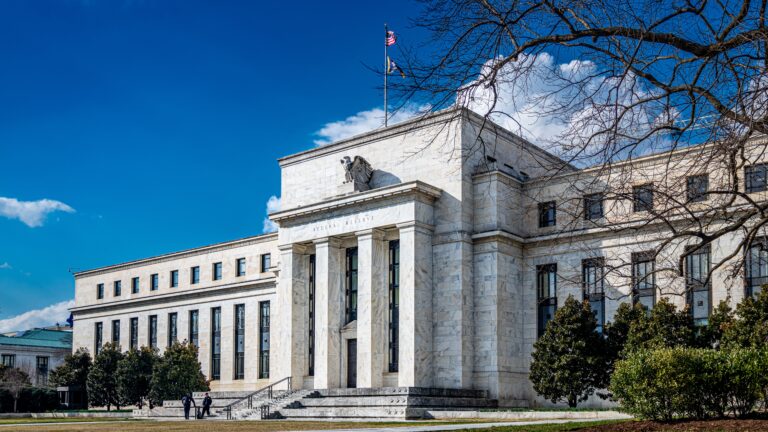

Demystifying Asset-Backed Commercial Paper
Executive Summary
ABCP can still be a good investment choice in large corporate treasury accounts due to the liquidity, flexibility, and yield potential of the asset class.
Most traditional multi-seller conduits persevered through the recent financial crisis. Despite low issuance and investor skepticism, the mechanism of ABCP structures improved due to new regulatory measures.
Potential investors should carefully review the strength and type of the sponsor, external support, program type, and asset collateral quality prior to investing.
The wide range of risks among different programs requires specialized credit knowledge and regular asset collateral monitoring to minimize risk.
Introduction
Created in the mid-1980s, asset-backed commercial paper (ABCP) trailed its term asset-backed securities (ABS) cousin in acceptance by fixed income investors, especially corporate cash managers. The stigma against ABCP started to fade in the new millennium, when event risk of corporate names caused the unsecured commercial paper (CP) market to shrink dramatically.
Meanwhile, increasing demand from institutional investors for this asset class resulted in the proliferation of innovative ABCP structures that made it more difficult for buyers to discern risk among various programs. Despite that, the market grew rapidly to reach its peak in July 2007, when ABCP outstanding stood at $1.2tn.
Liquidity concerns following the onset of the subprime mortgage crisis pummeled the ABCP market, complemented by the fact that ABCP and the more exotic, now infamous, structured investment vehicles (SIVs) shared some structural similarities. After the Lehman Brothers bankruptcy in September 2008, outflows from prime money market funds, the predominant buyers of ABCP paper, intensified and directly resulted in the reduction of programs outstanding by ABCP sponsors.
As of November 15, 2017, total ABCP outstanding stood at $231 billion, a reduction of 81% from its 2007 peak. By comparison, overall CP outstanding was reduced by 54% to $1.03 trillion over the same period. Two main factors contributed to the reduction in ABCP outstanding: the deleveraging of banks’ off-balance sheet activities and regulatory pressure.
For this update to our original primer, we will provide a refresher course on the instrument and a brief history since the crisis, highlight regulatory forces that shape the industry today, discuss its common advantages and risks, and provide a practical investment guide. We continue to assert that ABCP is a legitimate investment vehicle for corporate treasury accounts thanks to its liquidity, flexibility, and yield advantages. In fact, the market’s self-selection process and recent regulations resulted in generally stronger credit profiles of the programs that remain. Meanwhile, we stress that ABCP investing requires dedicated credit expertise and regular asset collateral monitoring, whether internally or through an external advisor.
ABCP Primer
ABCP is a type of short-term money market instrument issued at a discount and maturing at face value. Unlike corporate commercial paper, which is a borrower’s unsecured promissory note to investors, a pool of financial assets provides the collateral to secure ABCP claims.
The development of ABCP paralleled that of the ABS market. In the early 1980s, several US banks started to offer ABCP as another short-term funding channel for their corporate clients. Acting as program administrators, they earned a modest fee by helping their clients borrow from investors directly using trade receivables as collateral and thereby reduced their own balance sheet leverage. The arrangement also allowed corporate borrowers to treat ABCP as off-balance sheet financing. This strong bond between an ABCP program and its sponsor bank has been largely carried forward to this day.
An ABCP issuer is usually a “bankruptcy remote special purpose entity,” a structure intended to protect its investors from the bankruptcy risk of the bank sponsor. Credit support for a particular issue comes from the estimated value by which the pool of financial receivables and short-term loans exceeds the face amount of the CP obligation. Specific asset collateral information is unavailable to investors, but program administrators prepare periodic aggregate asset pool reports. Most programs also have credit and liquidity enhancement measures such as standby purchase agreements to address asset quality and liquidity concerns.
To ABCP investors, the standard feature of at least 100% standby liquidity from a strong bank is especially important. This is to protect investors from the risk of the program failing to issue new paper to roll over from upcoming maturities.
DOWNLOAD FULL REPORT
Our research is for personal, non-commercial use only. You may not copy, distribute or modify content contained on this Website without prior written authorization from Capital Advisors Group. By viewing this Website and/or downloading its content, you agree to the Terms of Use.
1Based on monthly iMoneyNet Domestic Market Share reports.
Please click here for disclosure information: Our research is for personal, non-commercial use only. You may not copy, distribute or modify content contained on this Website without prior written authorization from Capital Advisors Group. By viewing this Website and/or downloading its content, you agree to the Terms of Use & Privacy Policy.


